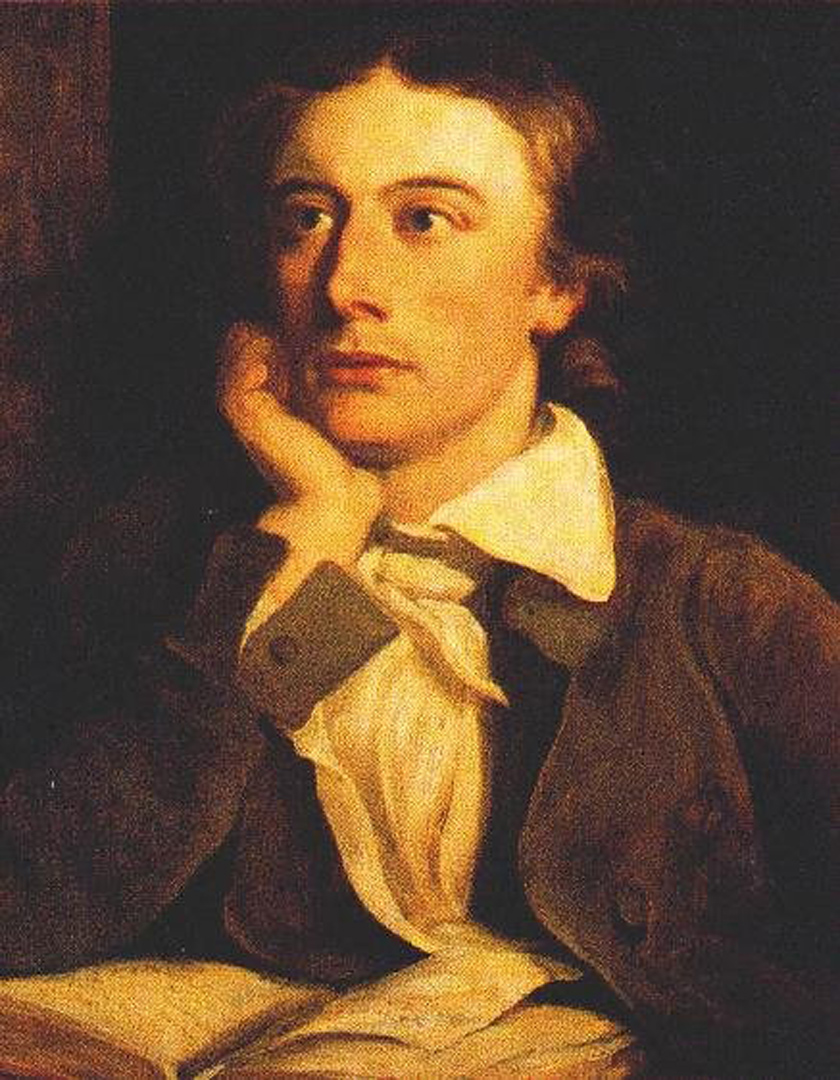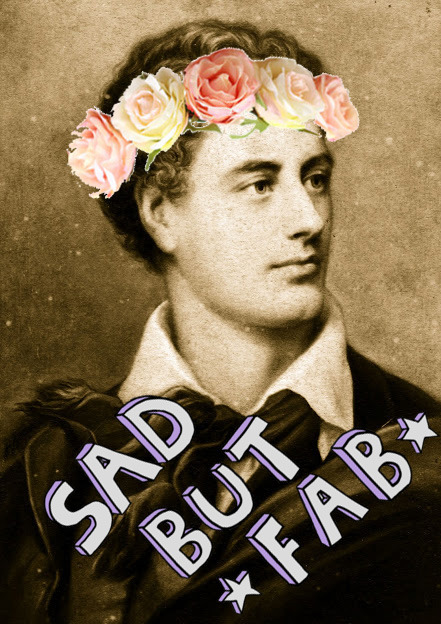Leah Liceaga & Michelle Santillan
Professor Moy
October 15, 2017
ENG 350 Senior Seminar
John Keats by Nicholas Roe: Chapters 8 – 10
Chapter Eight: Wild Surmises
Roe discusses the circumstances that led to Keats being introduced to writer socialites such as Cowden Clarke, Hunt, Thomas Alsager, Hamilton Reynolds, and Thomas and Charles Wordsworth. It was through these friends that Keats was able to access a copy of the folio edition of Chapman’s Homer. On the same night, Keats wrote ‘On the First Looking into Chapman’s Homer’ and sends it to Clarke. Hunt was the first to extend an opportunity for Keats and Reynolds to be featured in The Examiner, beating Haydon to it, and causing a tiff between the two. While Haydon was upset by it, the compliments to his painting mollified him and its creation is touched on. Roe also expresses that, in 1816, Keats’s passion of writing poetry was reflective in the amount of hours he would put aside for writing poetry and socializing, while maintaining a full time job at Guys Hospital.
The Zetosophian society and its members are introduced, as is its newspapers. Keats also comes of age, turning twenty-one and had the stocks he inherited appraised. Keats later invites Clarke to his Cheapside home six weeks ahead, which was notable at the time due to Keats’ busy schedule. With Chapman’s Homer publishing upcoming, Keats visits Richards, a theater reviewer, for advice. Tom Keats turns seventeen and all the Keats brothers move residence, Keats works on the poem Tip-Toe during this time, and writes To My Brothers’ for the change in their lives. Haydon tells Keats around this time that he plans to include Keats in his Christ painting, inspiring Keats’ ‘Great Spirits’ sonnet. He sends the sonnet to Haydon who writes back with a suggestion to change one line, and sends the poem to Woodsworth who praised the sonnet. The chance for a potential meeting had been established.
Chapter Nine: Saturnalia
In Chapter 9, Roe states Hunt wrote an article for The Examiner introducing three upcoming artists, also labeled as the “new school of young poets”, and their work. These three new artists were Percy Bysshe Shelley, John Henry Reynolds, and John Keats. Keats’s ‘On First Looking into Chapman’s Homer’ appeared right next to Hunt’s article. This fueled Keats passion for poetry and he began to immerse himself more fully into the life of a poet. It is speculated that Keats gathered his friends, around the time of the Roman Festival of Saturnalia, and announced that he was going to devote himself fully to writing. Hunt, in the meantime, was creating a political voice for himself in The Examiner, writing about the turmoil in the government and riots going on in England, which eventually landed him in jail. Before ending up in jail, Hunt reacquainted himself with Shelley, and spent a lot of time with him, particularly after Shelley’s ex wife died by drowning. This caused a little jealousy from Keats because he no longer had Hunt’s undivided attention. The day Keats visited Hunt to announce he would be writing a book, he found Shelley was still staying at Hunt’s home. Shelley advised Keats not to publish his old work, but Keats decided to include them, with a note explaining that some were his earlier works. Keats’s book featured Sleep and Poetry, one of Keats’s longest poems, which was also influenced by Hunt’s own work. Charles and James Ollier agreed to print Keats’s book on commission, with the brothers keeping 10% of the profits sold, though other reports indicate that Keats may have paid for his own publication.
Shortly after Shelly left Hunt’s home to marry Mary Godwin, Hunt, Clarke and Keats arranged to meet. It was during this meeting that Hunt challenged Keats to write a sonnet in 15 minutes. Keats’s sonnet ‘On the Grasshopper and Cricket’, was the outcome of this challenge, and was considered a piece of art by Hunt. Though Keats thought Hunt’s sonnet was superior to his.
Chapter Ten: Lancelot
Winter months are silent for Keats, no letter survives, no indication he is working on his book. Reasons for silence speculated – it is thought to have something to do with his busy schedule at Guy’s. Keats meets with Hunt during this time, and is aware that Percy and Mary Shelley are involved in a custody battle for Percy Shelley’s children from his first marriage after the death of his first wife, Harriet. Unhappy memories of Keats’ father’s death and his mother’s remarriage are possibly invoked by custody battle and may also be a reason for his silence during this time. Hunt us charged for his comment on prince regent’s failed marriage and is found in contempt of court. Percy Shelley ruled against by the court, one of his works, Queen Mab, cited as reason for him being unfit to raise his children. Hymn to Intellectual Beauty was published at this time. Keats later meets with Shelley, Hunts, and Haydon for dinner; they get into arguments over Christianity, using quotes from Shakespeare (Hamlet) to prove their points.
In the following January, Keats writes a sonnet reflecting the lack of summer. He also conversed with both Shelley and his wife, Mary, during the custody battle. Hunt’s wife also attempts suicide, speculated to be because of his growing interest in his sister-in-law. John Keats works on his book, and it is published shortly after the suspension of the Habeas Corpus Act, which meant that police could arrest citizens without trial. Keats writes On Seeing the Elgin Marbles after visiting the British Museum to see the Elgin Marbles with Haydon and Reynolds. With his book published, Keats retires from Guy’s to become a writer and poet fulltime. Keats’ book, Poems, receives generally favorable reviews, though George Felton Mathew judged Keats’ work harshly. Keats plans to journey away for a time, during which he would begin work on Endymion.





Leave a Reply